Renewable energy resources
Generating electricity Energy resources are systems that can store a lot of energy. Energy resources can be classified into two types: Different energy resources have different availability, advantages and disadvantages. Renewable and non-renewable energy resources Renewable energy resources
Electricity is the main source of energy that we use in our homes. Electricity can be produced from different energy resources.
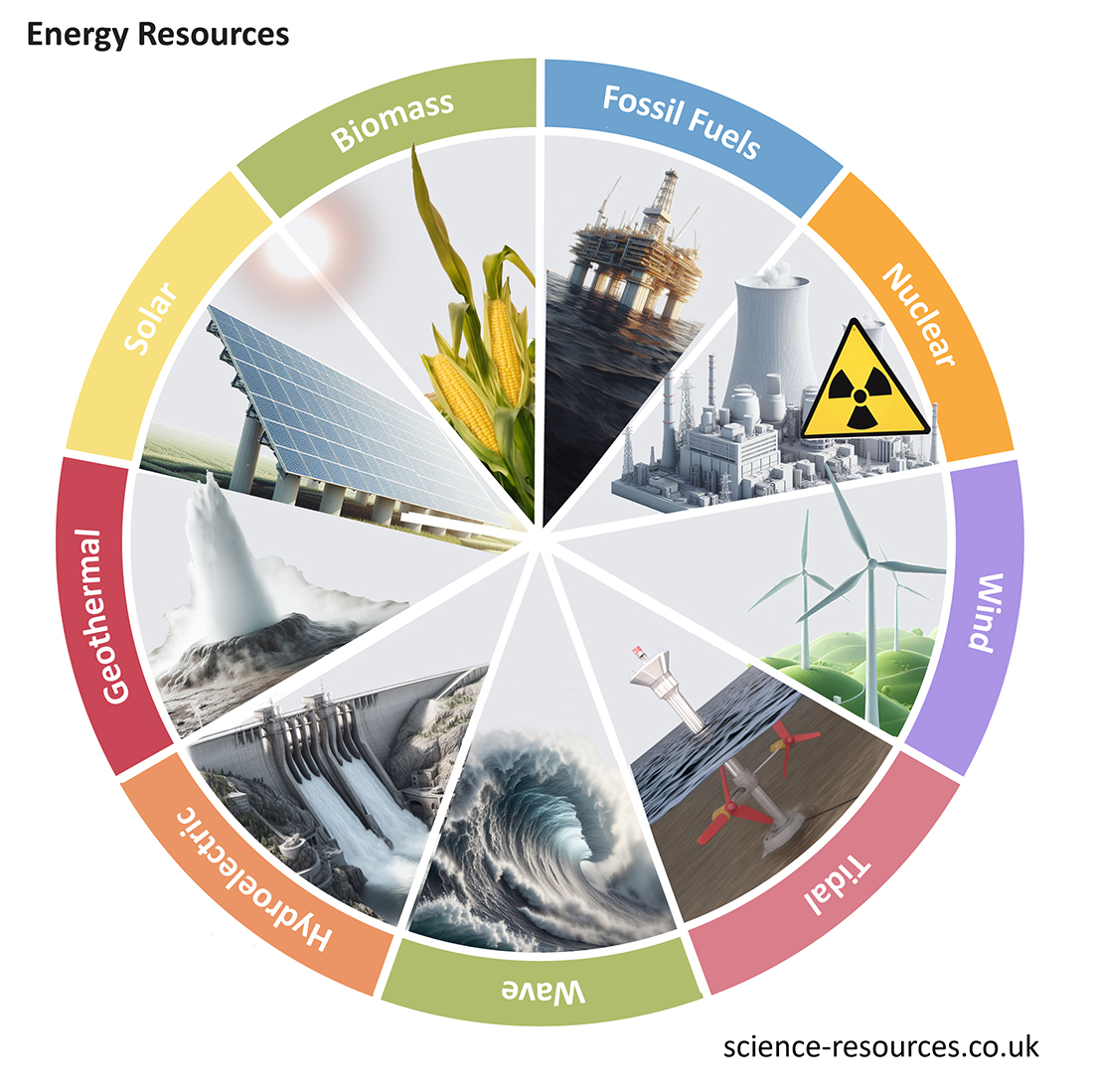
Renewable energy resources are resources that do not run out. They offer a different way of producing electricity than fossil fuels. They also have less negative impact on the environment than non-renewable energy resources.
Some renewable resources are:
Wind Advantages and disadvantages of wind energy Disadvantages Wind farm Solar Advantages and disadvantages of solar energy Disadvantages Solar farm Biomass Advantages and disadvantages of biomass Advantages Disadvantages Biomass Geothermal Advantages and disadvantages of using geothermal as energy Disadvantages Geothermal energy Tidal energy Advantages and disadvantages of using tidal energy Disadvantages Tidal turbines
Wind is caused by the movement of air, and its kinetic energy serves as the renewable energy source.
How it works:
Advantages
Wind is an inconsistent source of energy - the electricity production varies depending on the wind speed.
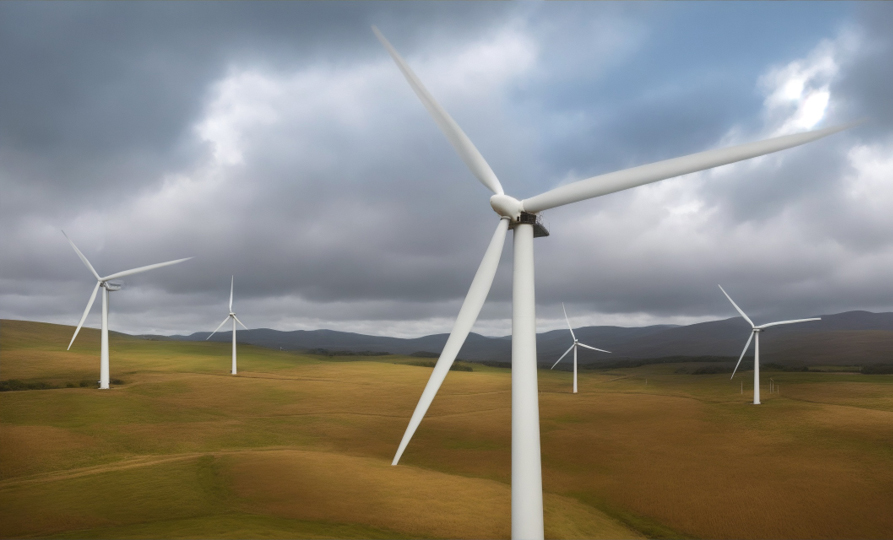
Solar energy is power from the Sun, which can be turned into electricity by using solar panels. We can use solar energy as long as there is sunlight.
Solar panels are composed of photovoltaic cells and they capture energy from the Sun. This is the only renewable energy source that does not use a turbine to produce electricity. The solar panels are placed to receive the maximum sunlight during the day.
Advantages
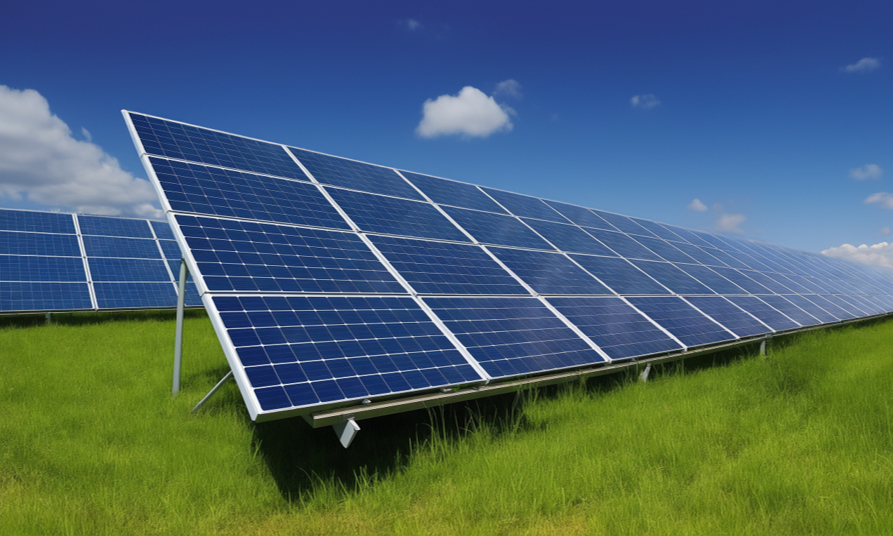
Biomass is a power source from organic matter, such as wood or food waste. It is a sustainable energy source.
The biomass is burnt and this can be used to heat water into steam. The steam spins turbines which power electric generators.
Biomass can be transformed into liquid fuels called biofuels such as biodiesel and ethanol. These can be used as alternatives to petrol in vehicles.

Geothermal energy resources are a type of sustainable energy resources.
Heated water and steam from beneath the earth’s surface can be used to spin a turbine which drives a generator to produce electricity.
Advantages
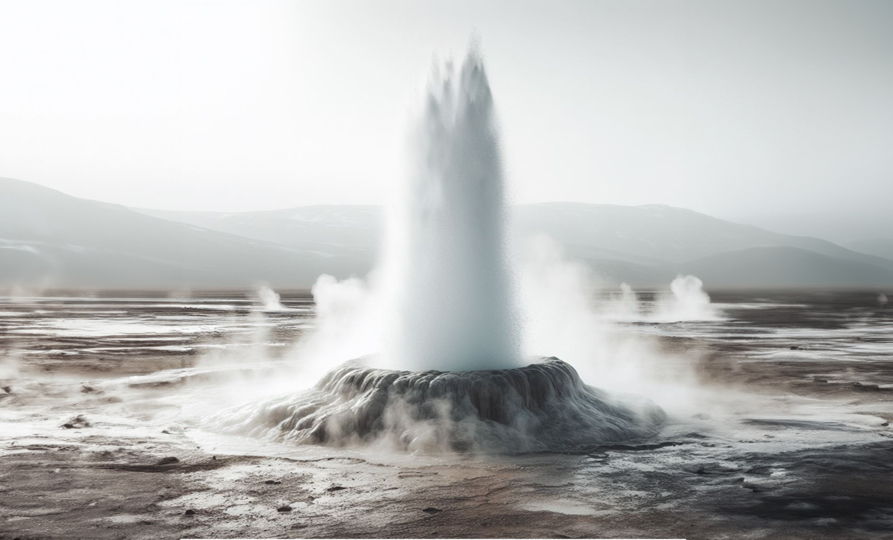
Large volumes of water flow in and out of river openings each day due to the tides.
A tidal barrage is a structure constructed over a river estuary. The barrage has power generators, which are powered by the water gushing through pipes in the barrage.
Advantages
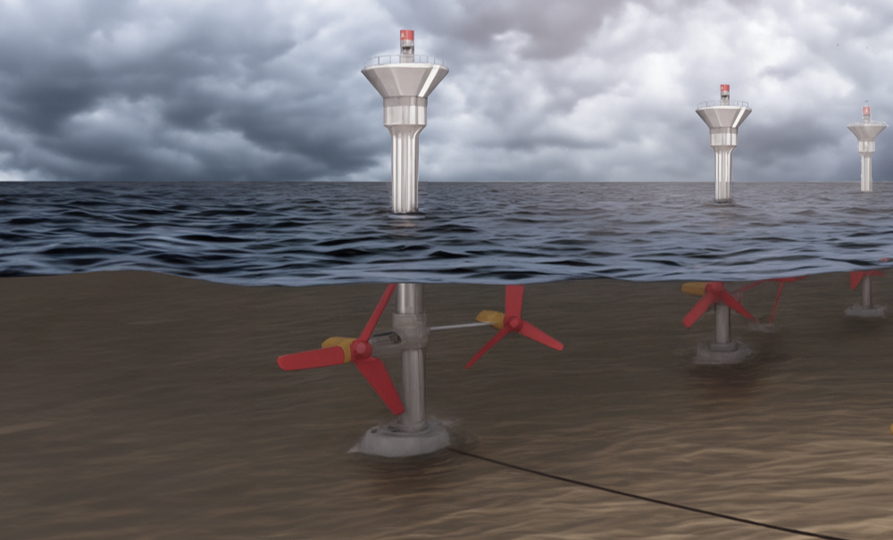
Summary: